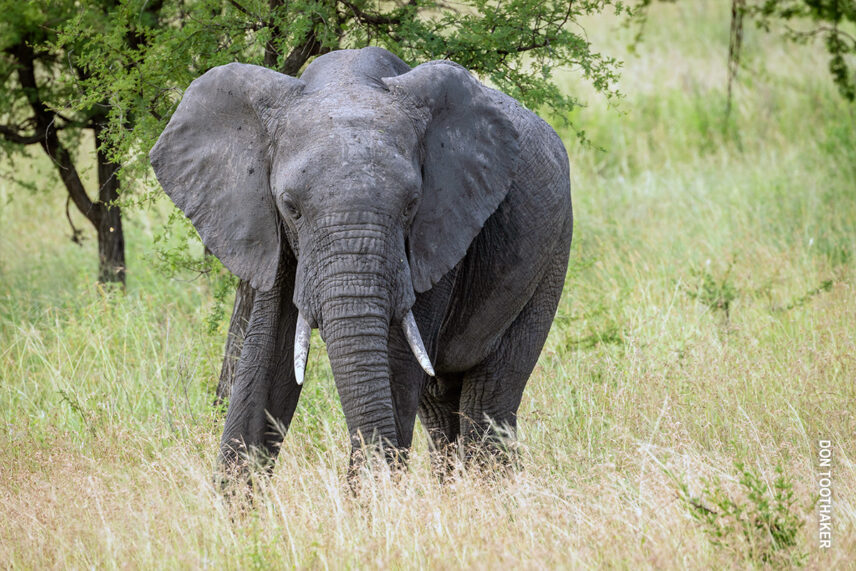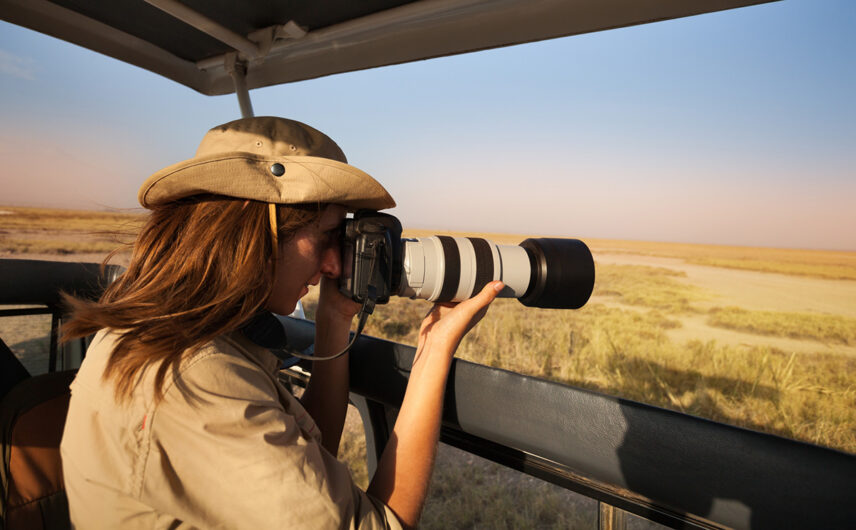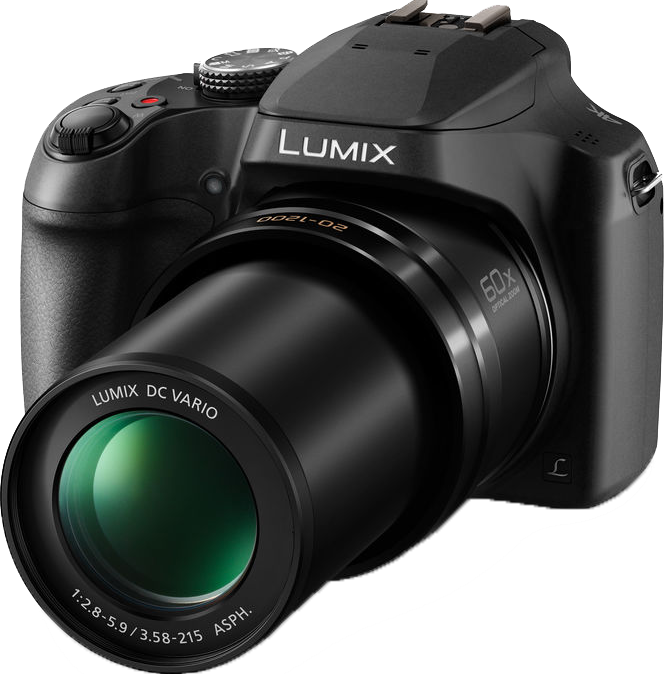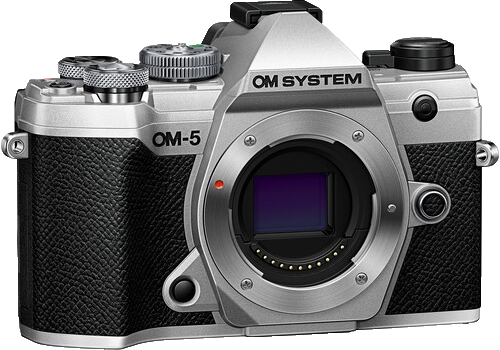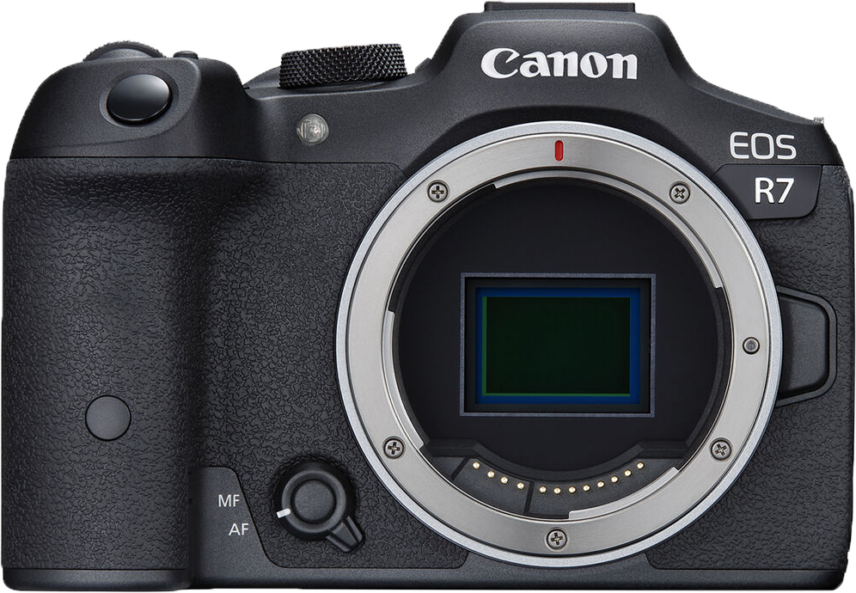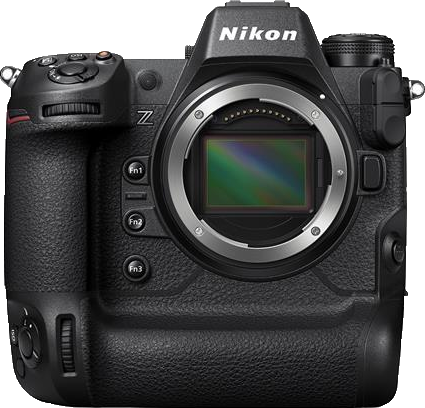There are few moments more rewarding than hearing your camera click on a tower of giraffes nipping at the treetops or cheetahs chasing prey with heart-stopping bursts of speed. Yet finding the right camera can be intimidating, even if you’re a seasoned shutterbug.
No matter if you’re a beginner looking for a point-and-shoot or a professional photographer looking to take your safari photography to the next level, our guide to the best safari-ready cameras has you covered. We’ve collected six recommendations from Thomson Safaris staffers, divided them into two groups (Point-and-Shoot and DSLR), and paired them with pictures taken by our staffers while using those cameras in the field. That way, you can get an idea of what your photos may look like when you venture into the Serengeti.
Point and Shoot Cameras
1. Your Smartphone
“I’m no photographer,” says Clark Gudas in Marketing. “I don’t know what an f-stop is. I just wanted to take photos and videos to remember my trip by.”
Luckily, Clark had his 4K-capable iPhone 12 mini on him anyway, knew it well, and learned the key smartphone photography concepts (don’t pinch zoom!) before he left. That meant he was able to capture pictures and video that looked like the video he shot from the basket of a hot-air balloon.
“Just be aware that photos in low light tend to be grainy,” Clark warns. “Also, smartphone zoom limitations mean that animals at a distance can lose some detail. But the images were stunning – and it was already in my pocket!”
Clark’s Gear Recommendations
- Make sure you have a phone capable of taking high-quality images – don’t head out with an iPhone 3Gs and expect 4K!
- You also can get long lenses for smartphone cameras, and professional photographers say they work well! A smartphone gimbal can help you get smooth video capture whether you’re in a vehicle or on foot.
Clark’s camera
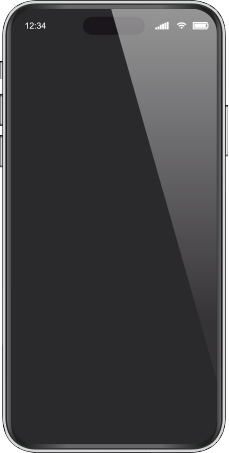
Clark’s favorite video from his safari
2. Panasonic Lumix DC-FZ80
There’s a lot to love about the Lumix, but its large built-in zoom capability is specifically why Halee Maloney loves hers. “My model has 18.1 megapixels and a 60x zoom, which is super-long at 20-1200mm,” she says, “which allowed me to photograph some animals that were further away.” The Lumix has a fixed lens, which means there are no large, heavy lenses to carry with it, though if you use too much zoom your images can get just a bit blurry.
Even with that limitation, she was still able to photograph wildlife near and far with autofocus. “I got quality photos I just loved,” she says, like this one taken during a river crossing.
“Watching this in person is so amazing, she says. “The wildebeest in this photo were some of the last to cross for the time being, and I’m so glad I got a great shot of them. I love the leg kick!”
Halee’s Gear Recommendations
- It is best to have the camera stabilized on the bean bag that Thomson Safaris provides in the Land Rover for maximum image quality.
- Use a lightweight tripod, which you can also use to capture the night sky.
Halee’s favorite safari photograph
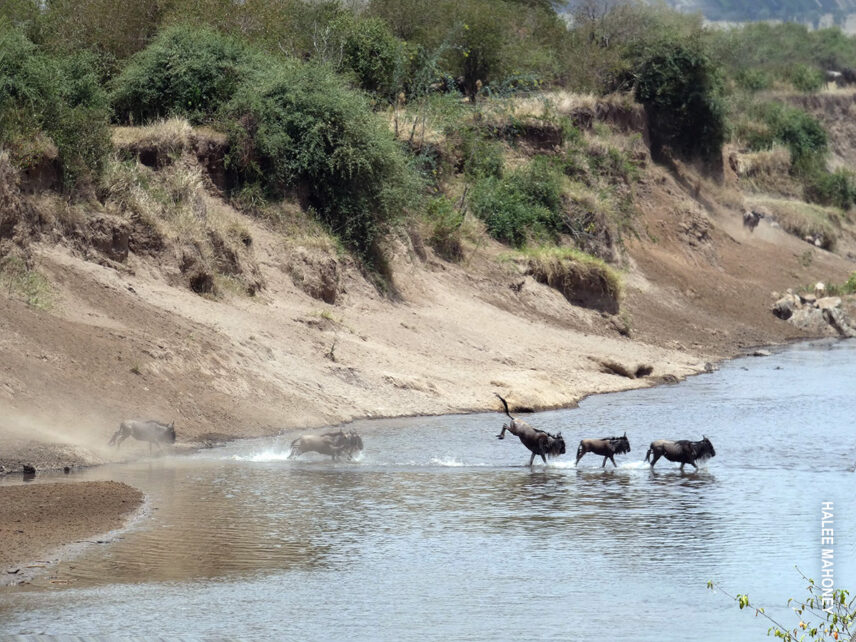
3. Nikon Coolpix P950
As an amateur photographer, Manager of Special Interest Travel Andrew Doherty was using his smartphone to shoot all of his photos, and he didn’t know what he was missing out on until his safari.
“Thomson trip leader Don Toothaker suggested I purchase a fixed zoom long-distance lens camera,” Andrew says, “and that’s how I found the Nikon Coolpix P950.”
This easy-to-learn camera is the perfect tool for those who aren’t hobbyists or professionals, but still want to bring great pics back for family and friends. It may have a fixed lens and a weaker sensor than a DSLR, but, as Andrew told us, “its 2,000mm zoom — the longest in the industry — can shoot the surface of the moon with good clarity.” Even if he may be exaggerating a bit on its telescopic properties, the resulting images are inarguably incredible.
“I had a staring contest with a huge male leopard hunkering down in an acacia bush from at least 80 yards away and captured this photo,” he says. “You can see the golden-lit brush in the foreground, the texture of the fur, and the eyes piercing the frame from a great distance. That’s what you can do with the Coolpix P950.”
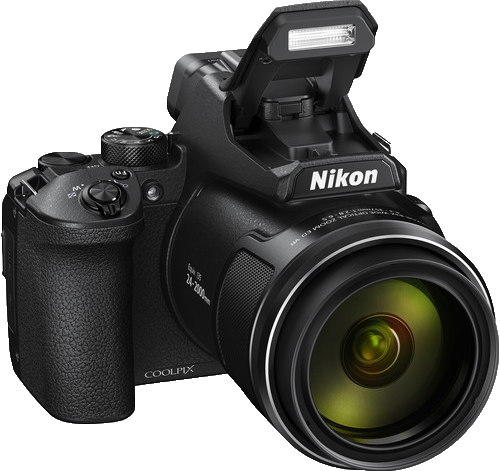
Andrew’s camera
Andrew’s favorite safari photograph
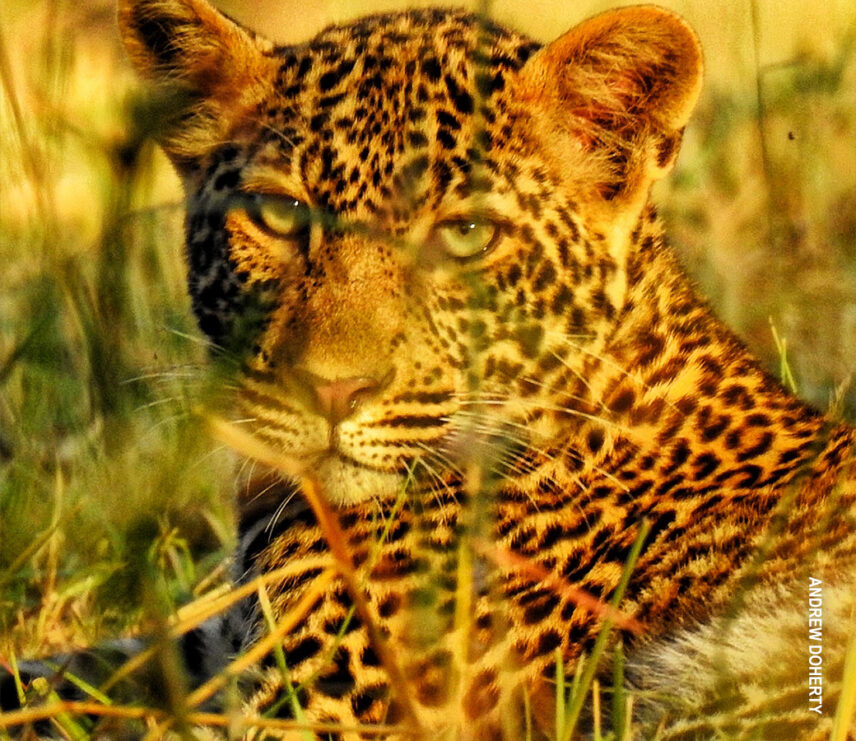
DSLR Cameras
4. Olympus OM-5
Creative Director Ali Riley calls the OM-5 her “little spy camera!”
“Ok, she says, “it’s not that small.” Still, this micro four-thirds camera is much smaller and lighter than a full frame DSLR, with nearly the same results. “The OM-5 fits my active lifestyle,” she says, “and it is perfect for hikes and longer treks.” And if you’re a birder like Ali, you’ll be more than satisfied with the results:
We spotted this gorgeous Lilac breasted roller in some acacia branches about 25 feet high,” she says. “My guide Nasibu perfectly positioned the Land Rover, and I was able to capture this beauty with distraction-free clarity.
I was pleased with lighting, the detail and the diagonal lines of the branch, which adds some dynamism. These wildly colorful birds are so cool—they’re like nothing you’ve ever seen.”
Ali’s Gear Recommendations
- Know your camera inside and out before you go on safari.
- Rent a long lens for safari. She rented the Olympus M.Zuiko Digital ED 100-400mm f/5-6.3 IS (which is close to 800mm with the micro 4:3 conversion) through lensrentals.com. “The rental process was easy, efficient and affordable,” she says. “Most people won’t use a long lens after safari, myself included, so renting makes the most sense for your wallet!”
- I like to keep my smartphone in my pocket for snapshots and quick video capture. It makes sharing photos with family and friends easy.
Ali’s favorite safari photograph
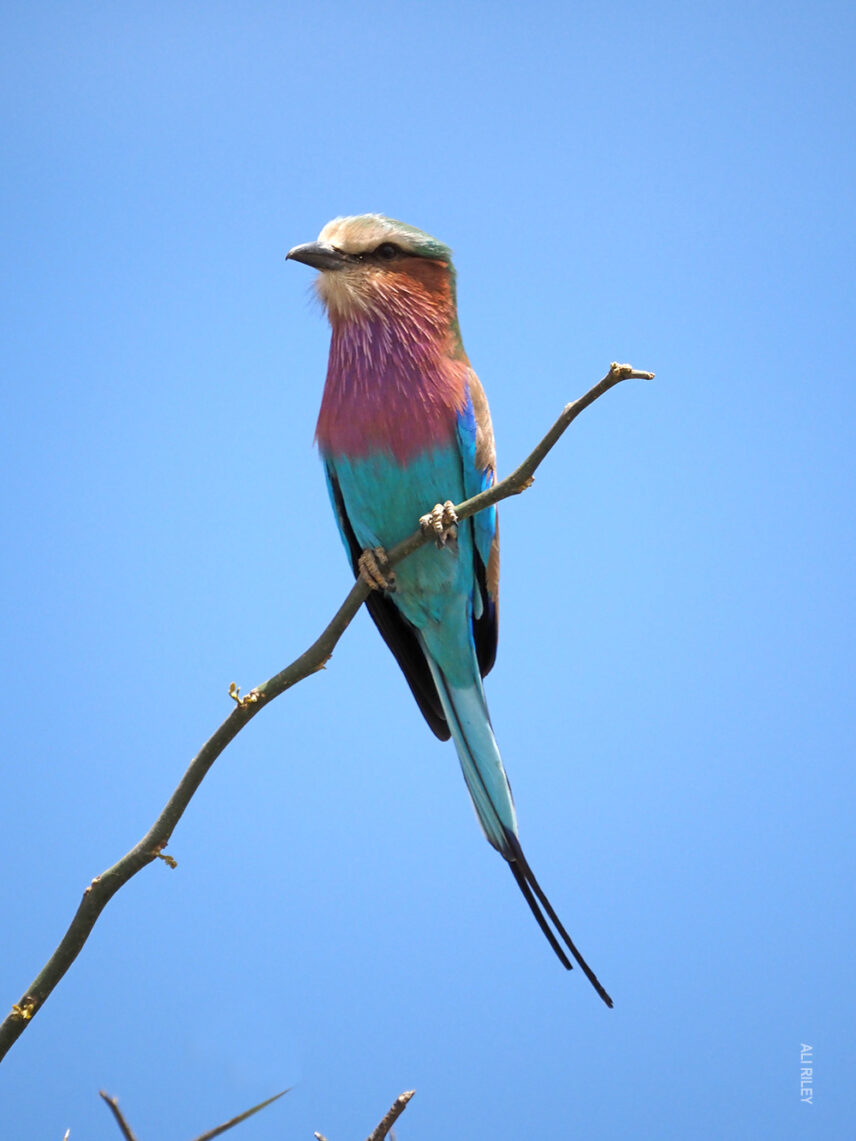
5. Canon EOS R7 Mirrorless Camera
The R7 is a mirrorless camera with two big benefits. It allows for faster, crisper shots than a regular DSLR, and it is significantly lighter than its counterparts. “It’s a little more expensive, says Safari and Kilimanjaro Consultant Christine Smith, “but it’s well worth the cost when it comes to shooting wildlife!”
The camera comes with an 18-150mm lens, which is perfect for close-up snaps of animals. “I also rented a 100-400mm lens, she says, “and it helped enormously with wildlife and trees that were farther away on safari.”
Though it’s more complex than some similar cameras, the R7’s fast shutter speed and burst shots help capture moving animals and large groups. “I was able to follow a herd of zebras and take clear photos as they galloped,” she says. But it works wonderfully for less-intense photos, too:
Christine’s Gear Recommendations
- Use air squeeze bulbs! They pump air into the camera to clear out dust – they’re especially in the dry season!
- Don’t forget a lens cloth, they are a necessity for nature photography.
Christine’s favorite safari photograph
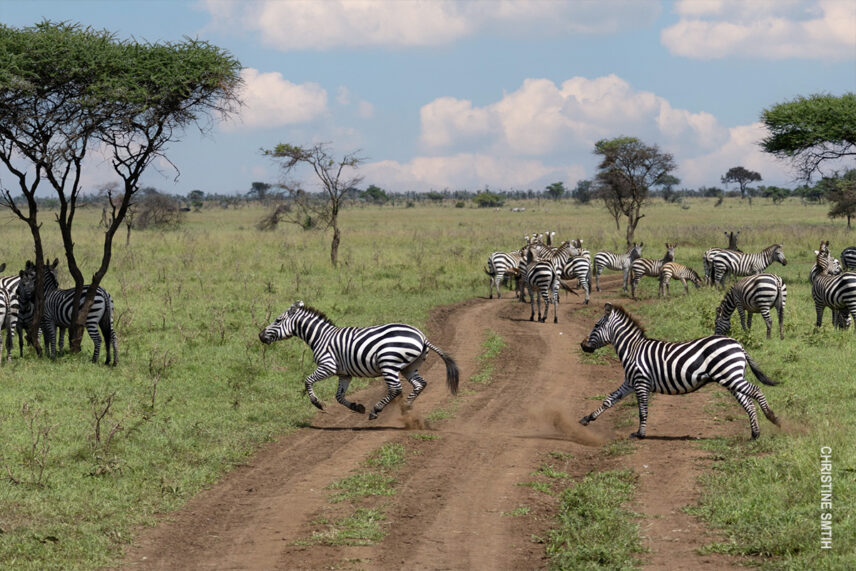
6. Nikon Z9
“Quite simply,” says Thomson Trip Leader and professional photographer Don Toothaker, “the comfortable-to-use Nikon Z9 is superb.
With lightning-fast autofocus, high-quality files and an ergonomic design, it’s perfect for the many species of wildlife in the Serengeti and its surrounding ecosystems. “It works well for all animals, regardless of size. You’ll get gorgeous pictures of everything, from something as big as a pride of lions or as small as a little bee-eater on a branch.” Even the megafauna can be captured in all their majesty, as Don’s work shows:
“As a boy,” he says, “I had no idea how wildlife photos made it to magazines like National Geographic. The first time I was awed by majestic images of African elephants, I remember saying to myself that someday I hoped I too would see them in the wild. It took about 35 years, but that dream came true, thanks to Thomson Safaris.”
Don’s Gear Recommendations
- Landscape lens: the landscapes of the Serengeti are just beautiful and deserve to be captured, I recommend a 24-70mm lens.
- Portrait lens: make sure you have a 70-200mm for environmental portraits of larger wildlife, such as elephants and giraffes.
- If you don’t mind the extra weight, a 600mm long lens is a fantastic choice to capture wildlife at distance.
Don’s favorite safari photograph
